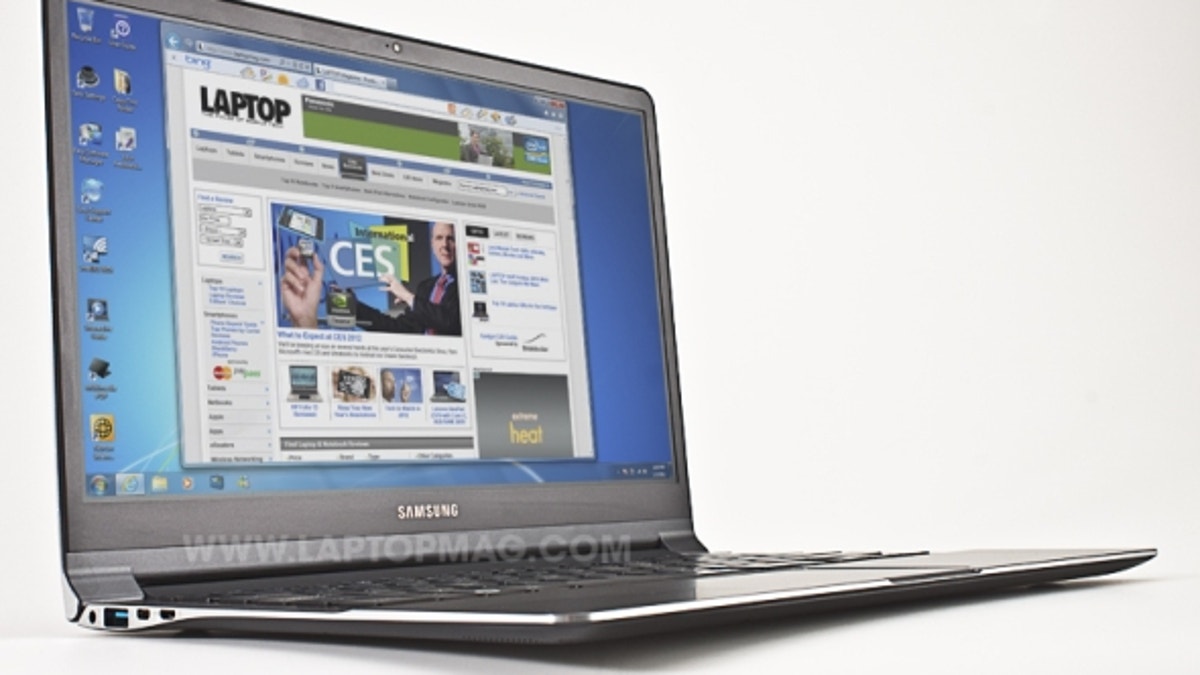
Although Apple's Tim Cook has likened combining desktop computing and tablet computing in one OS to mashing together refrigerators and toasters, Samsung strongly disagrees. But not all will designs will succeed, according to Raymond Wah, Samsung's vice president of the PC Product Strategy Group.
Consumers, Wah says, won't warm up to convertible designs such as the IdeaPad Yoga, which force users to carry around the keyboard at all times. "It's a PC first, then a slate only occasionally," Wah said. During a visit here in South Korea, we spoke to Wah and other executives on a wide range of subjects, from Samsung's confidence in charging Apple-like prices for its Ultrabooks to why the company is moving away from glossy displays.
When it comes to tablets, Wah doesn't believe that tablets would ever replace laptops. "A keyboard is hard to replace for long-term use," he said. On the other hand, he's not so high on some of the current designs that combine a touchscreen and a keyboard in one device."Battery life and weight are considerations when determining a convertible slate design," he said."The ability to convert has to be elegant."
Wah then went on to pooh-pooh convertible tablets currently on the market, saying that the durability of the rotating hinge ultimately makes the notebook way too bulky. "There's not a really successful PC Slate out there, save for the Series 7 Slate," Wah said, although he noted that sales were being driven by developers. Also, when it comes to designs such as the Yoga, the fact that the keys are exposed while it's in tablet mode makes it not that comfortable to hold. "You can't avoid not touching the key caps," he said. "Then, there's only one way to hold it...It's a PC first, then a slate only occasionally."
According to Sungwon Song, senior vice president of PC Sales & Marketing, Samsung's competitive advantage lies in its ability to control the design and manufacturing process not just of the exterior of a notebook or tablet, but a good portion of its internal components--from the hard drive to the display. Another key factor will be leveraging the apps in phones and TVs for use in notebooks. Most importantly, though, will be designing products that reach consumers on an emotional level. "How can we deliver a product to consumers that they'll be proud to show off in public," Song said. "It has to be an aspirational vision."
The Series 9 was the first step on this road, said Won Park, vice president of Sales & Marketing for Samsung. "It's kind of an audacious move to go beyond the Ultrabook in terms of price." However, Samsung believes that at least 30 percent of the consumer market won't have a problem paying $200 to $300 more for the right features. It's these individuals who are leading not the consumerization of IT, said Wah, but the MacBook-ization of IT. "Why can't I bring my Apple products into work? Given its increased emphasis on design, Wah said that the shrinking distinction between a commercial and consumer PC augurs well for Samsung.
Finally, executives noted that Samsung is also moving away from glossy displays, and adopting antiglare panels on most, if not all, of its notebooks. Interestingly, Song noted that in past years, the trend was to cut down on viewing angles, especially for business systems, so it was harder for people around you to see what you were doing.
